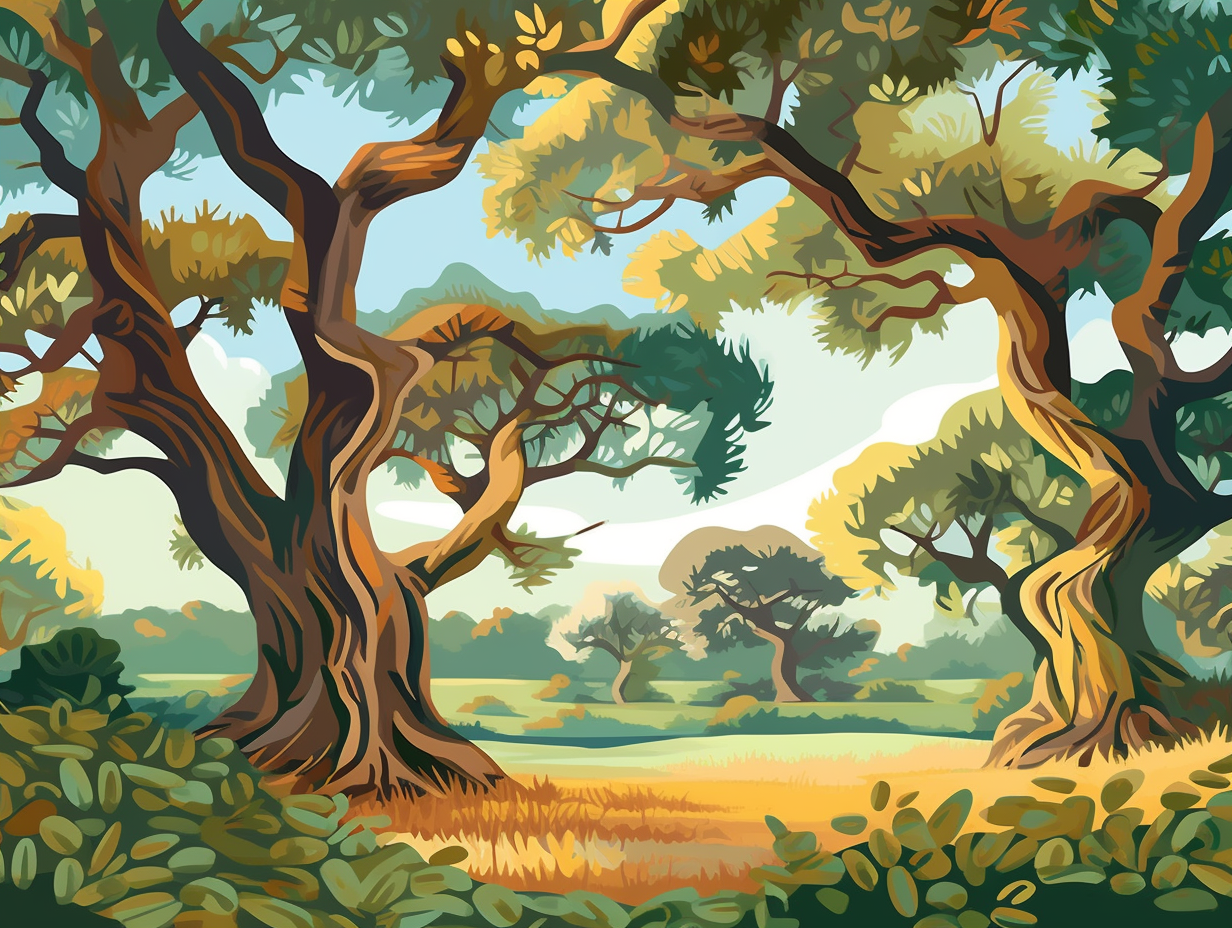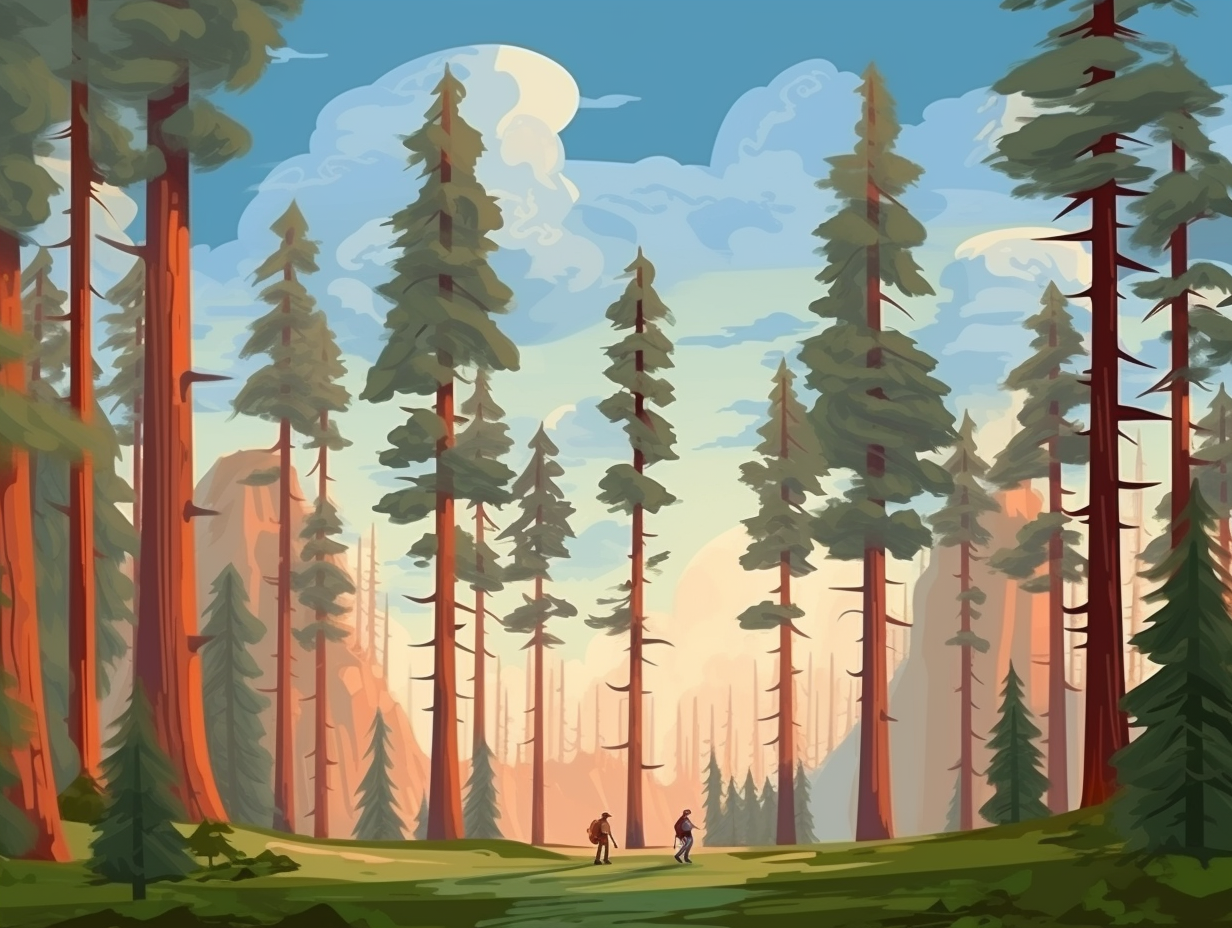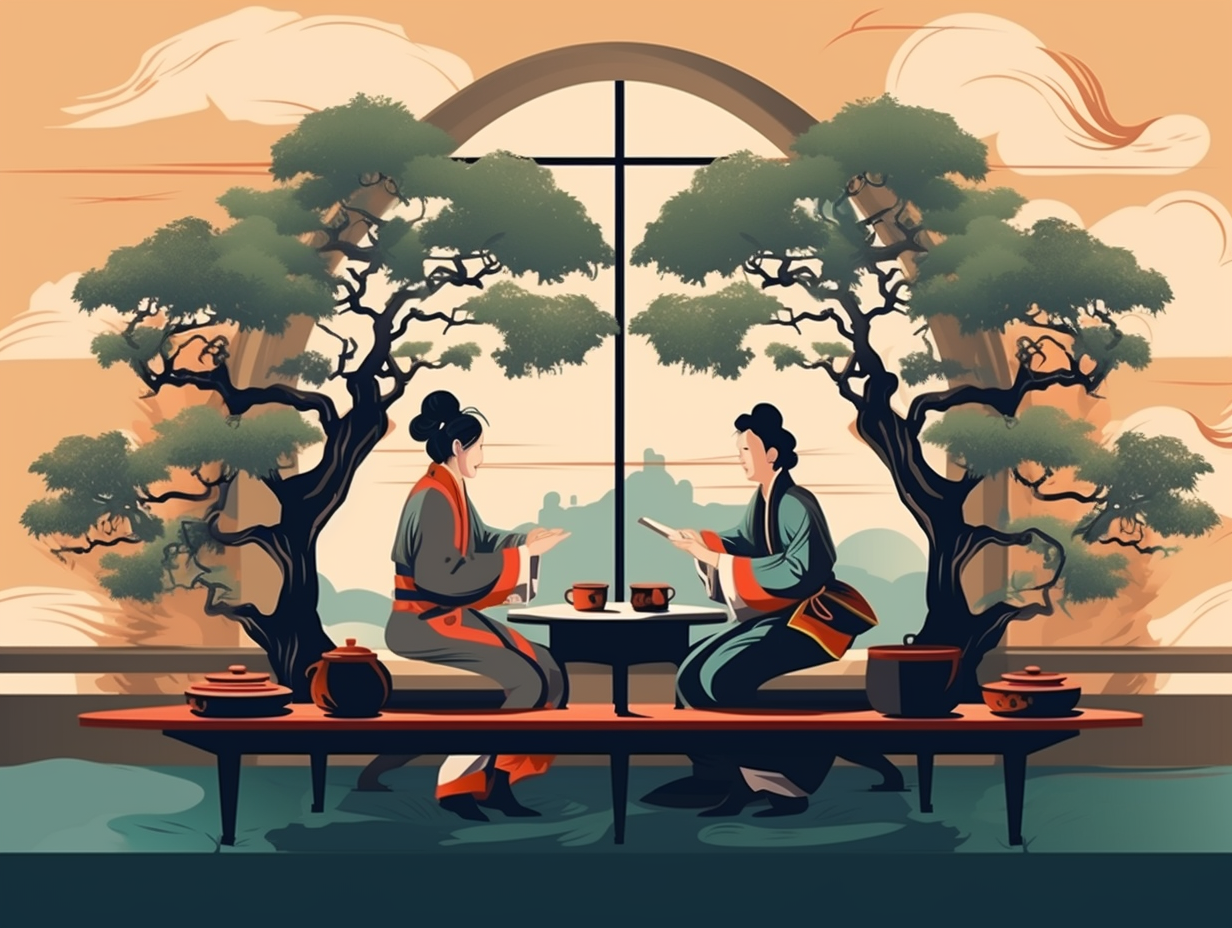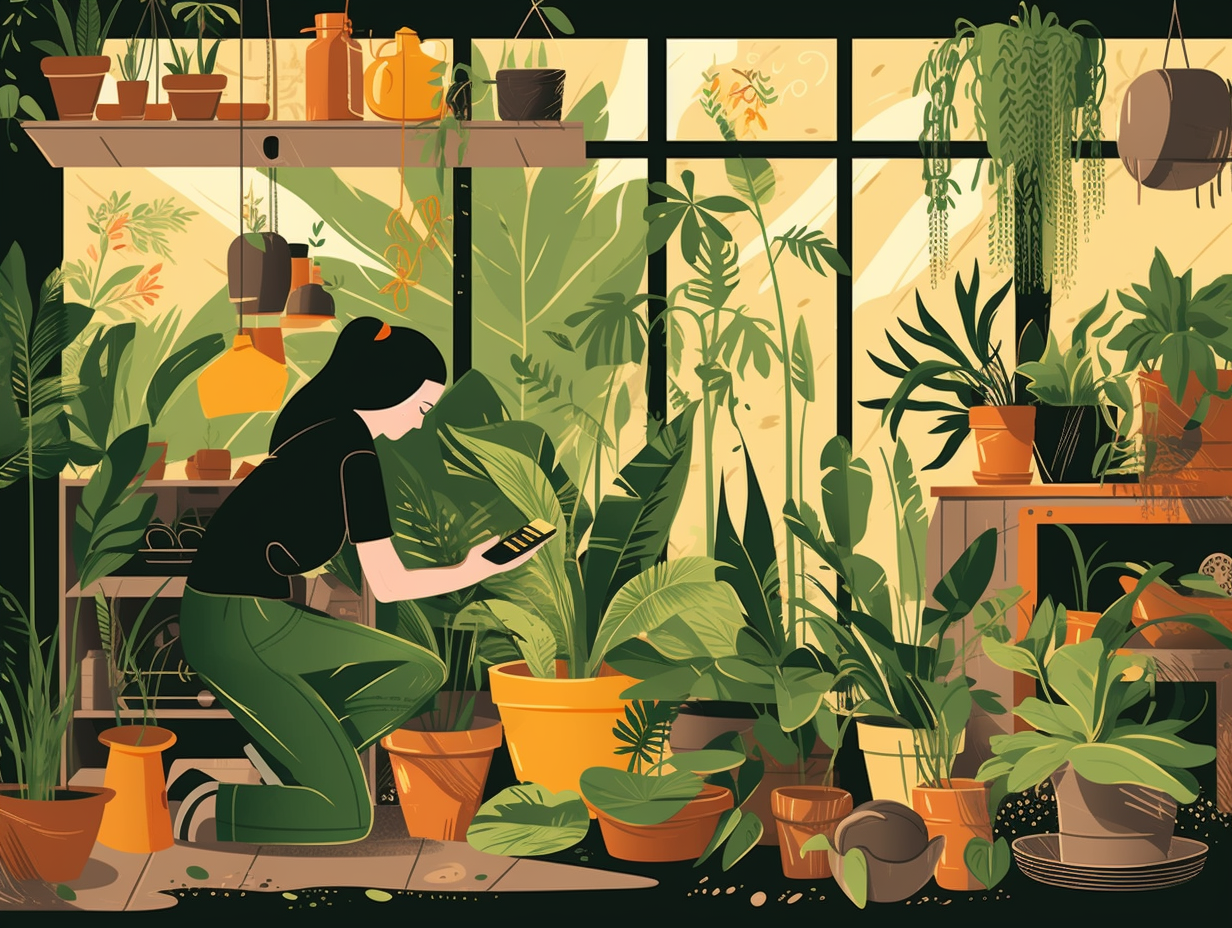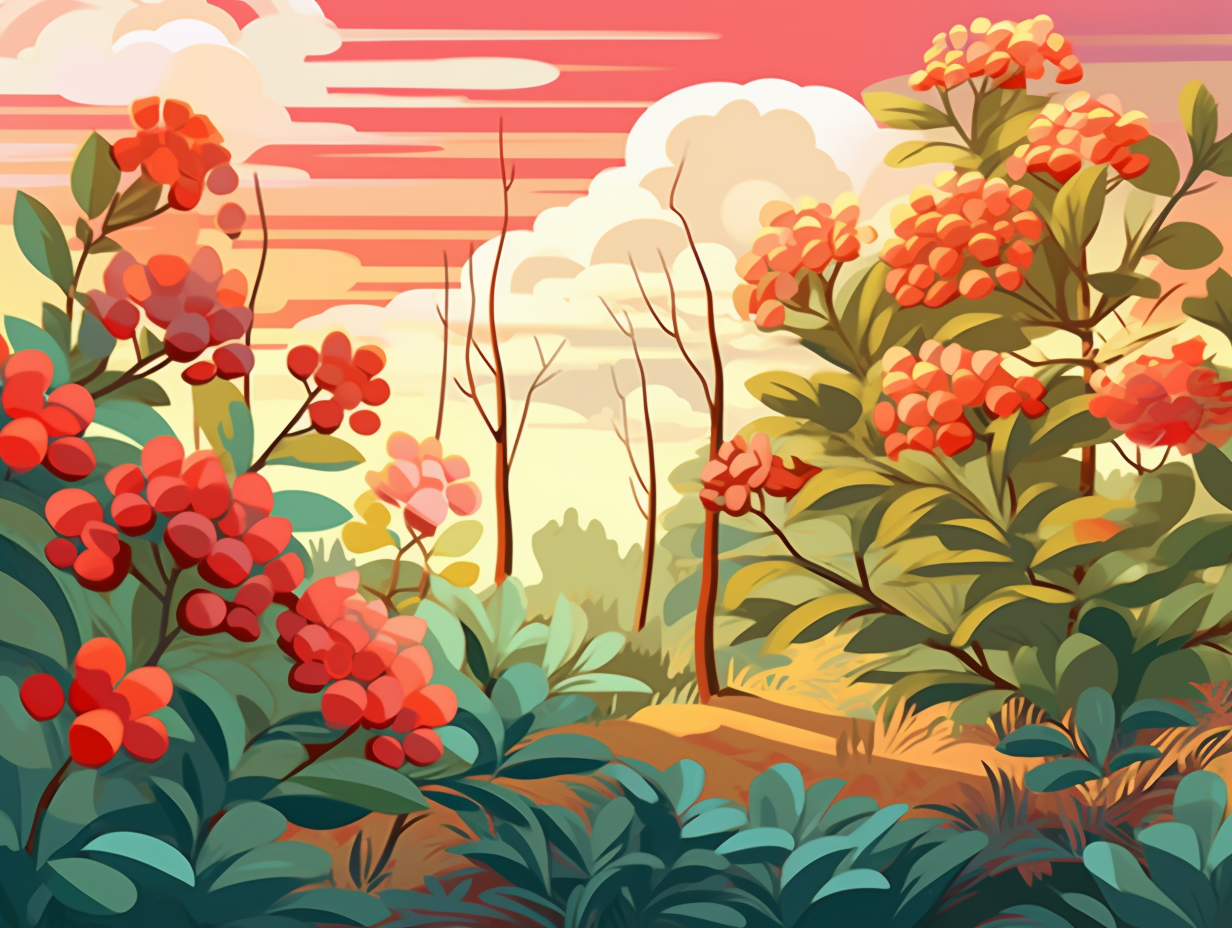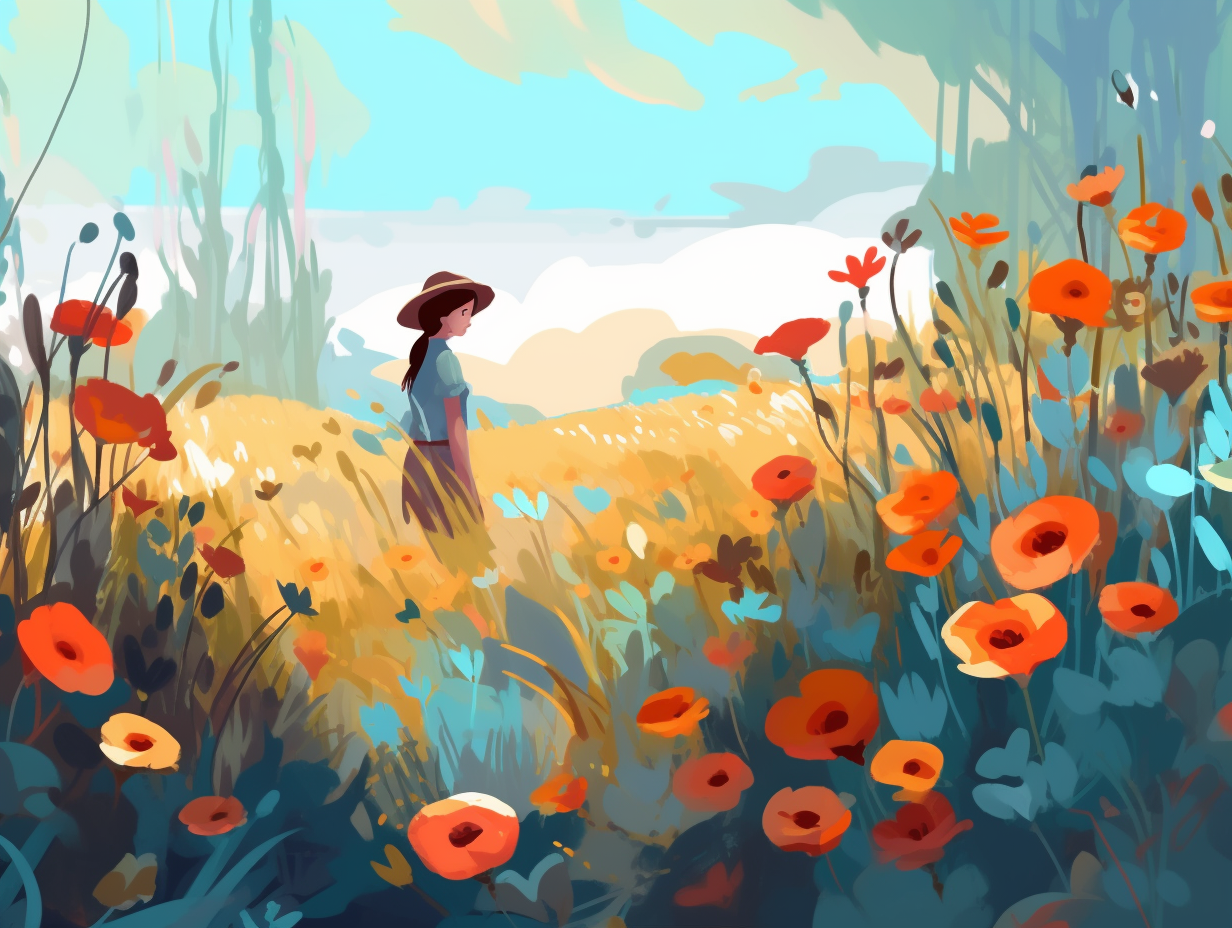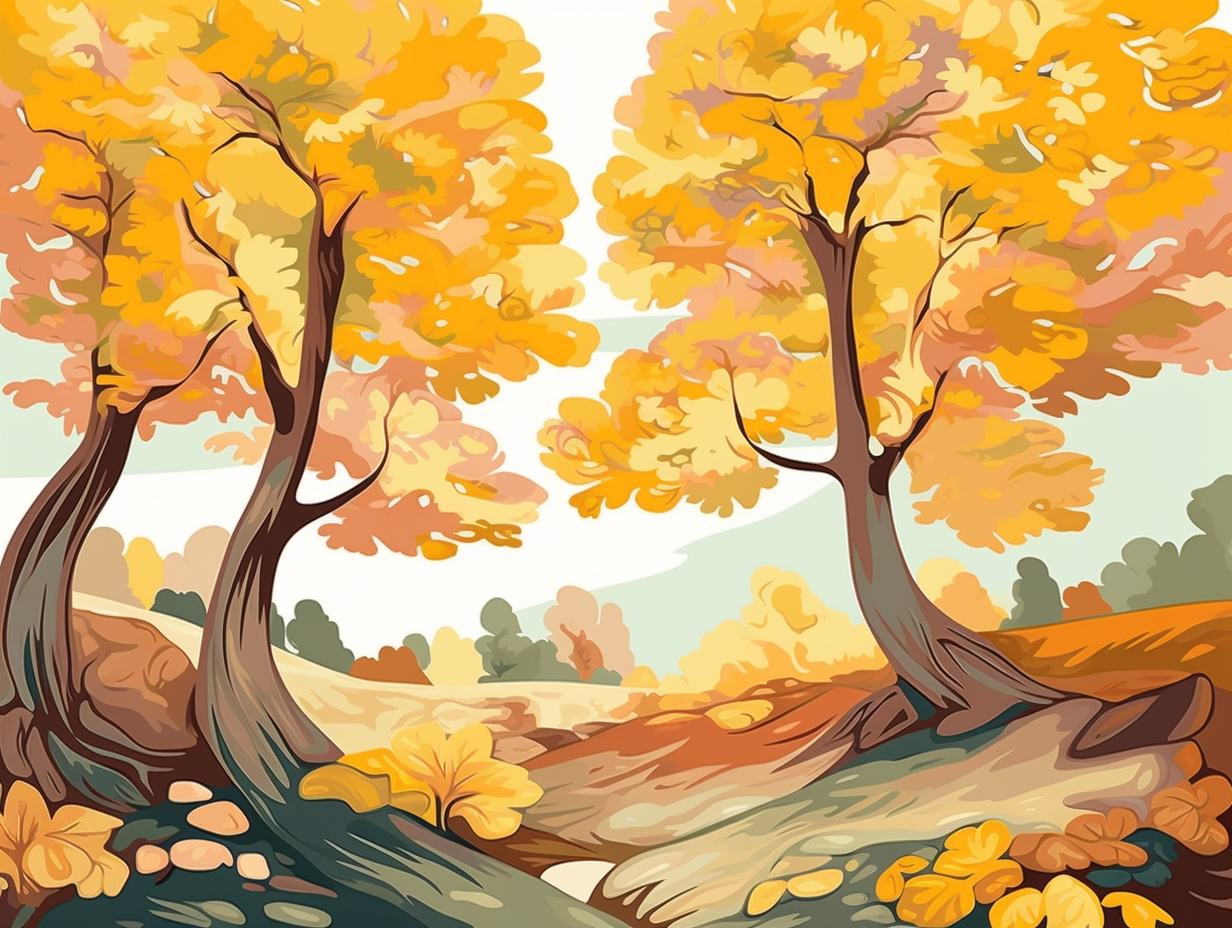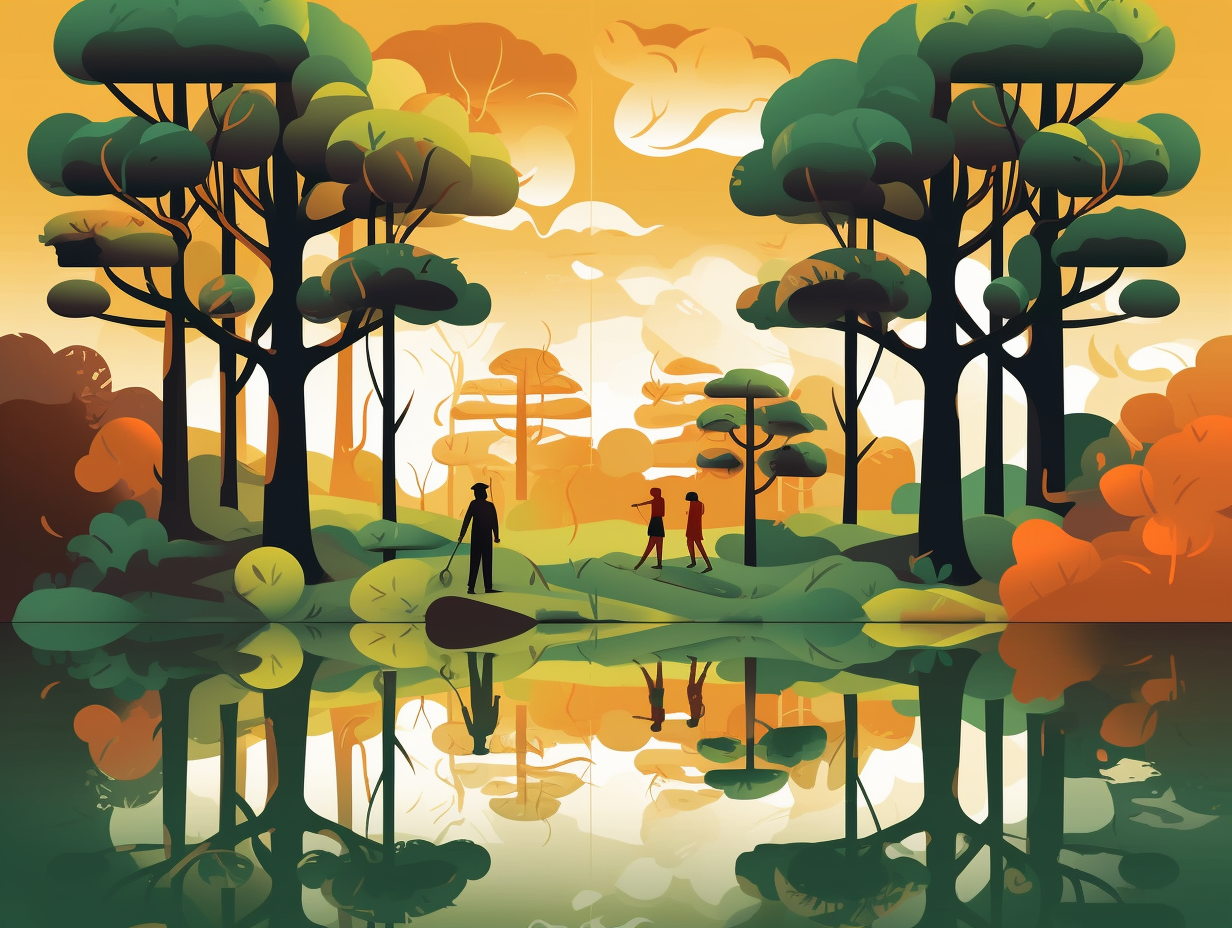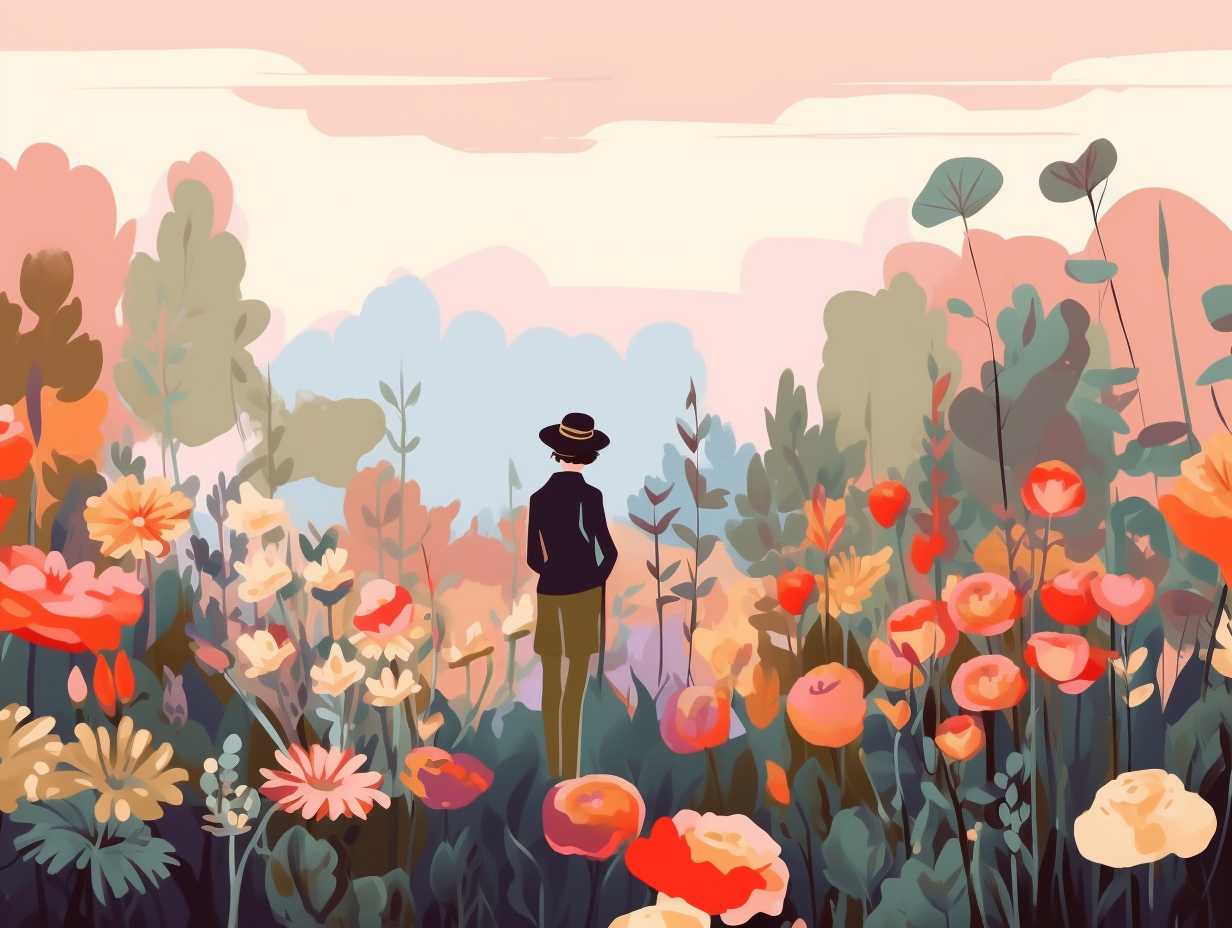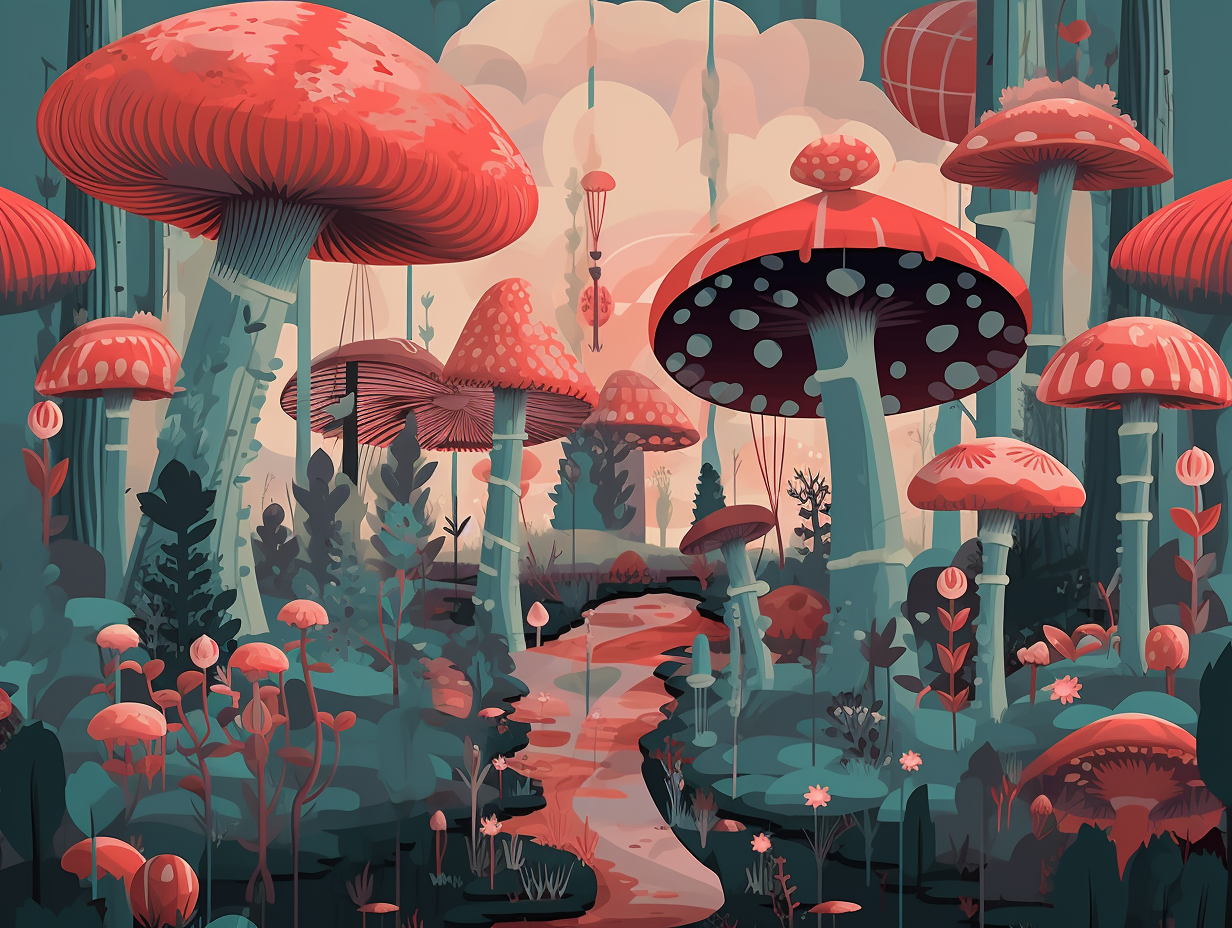Discover the Magic of Evergreens: Top 11 Fun Facts About These Timeless Trees!
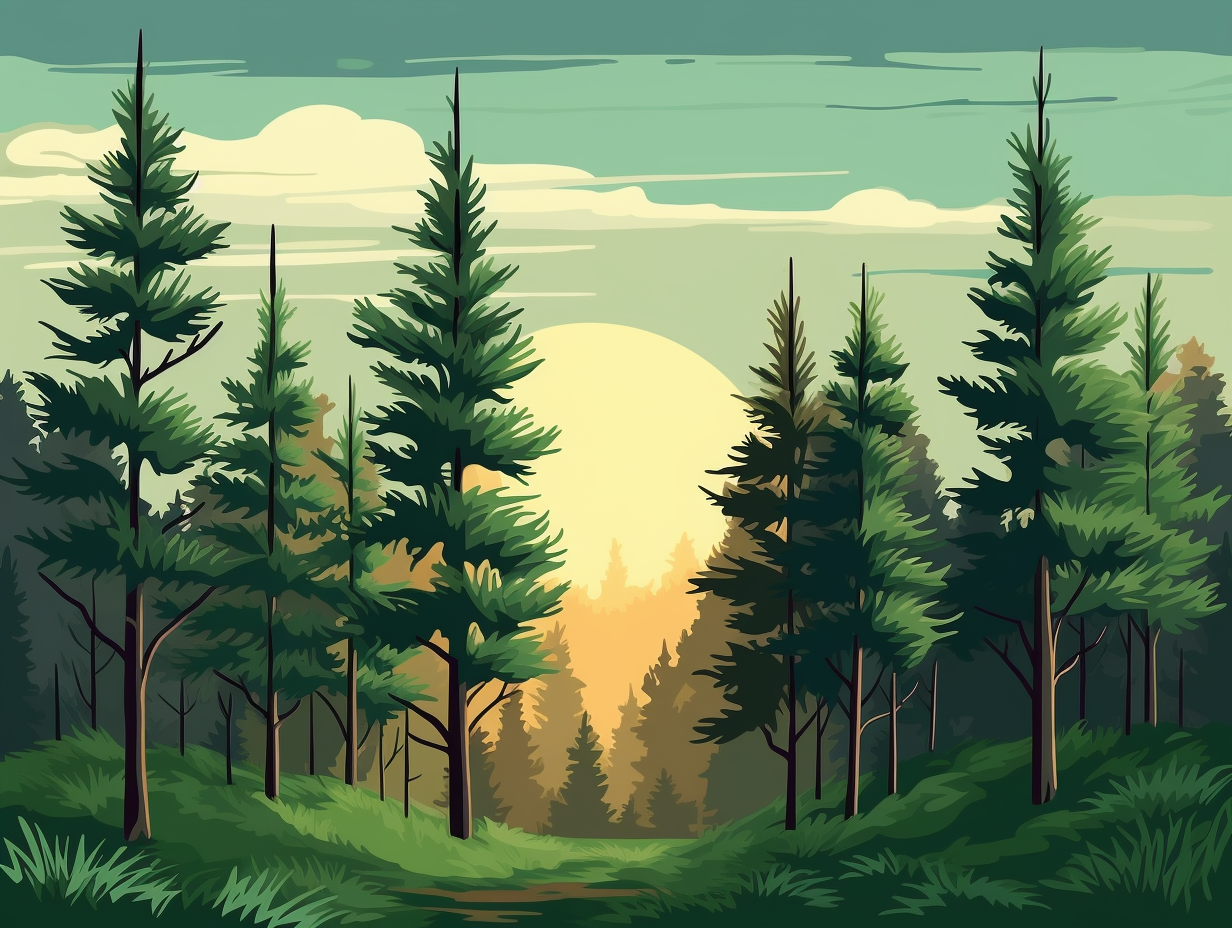
1. Evergreen Judo Masters
Evergreen trees might not know judo or karate, but they sure know the art of "freeze-istance": these impressive trees are capable of lowering the freezing point of water in their cells to withstand harsh winter temperatures, but beware, dropping too low could make their cells succumb to frost and take them to tree heaven.
Source => integritytreepros.com
2. The Methuselahs of Trees
If trees could plan their retirement, they'd definitely want to learn from the Bristlecone Pine or Methuselah – the OGs of the evergreen world: Seriously speaking, these ancient beauties live for thousands of years, with the oldest one known to be over 4,700 years old! However, not everyone's a Methuselah in the evergreen club – say hello to the Mugo Pine which typically lives for a more modest 50 years.
Source => embracegardening.com
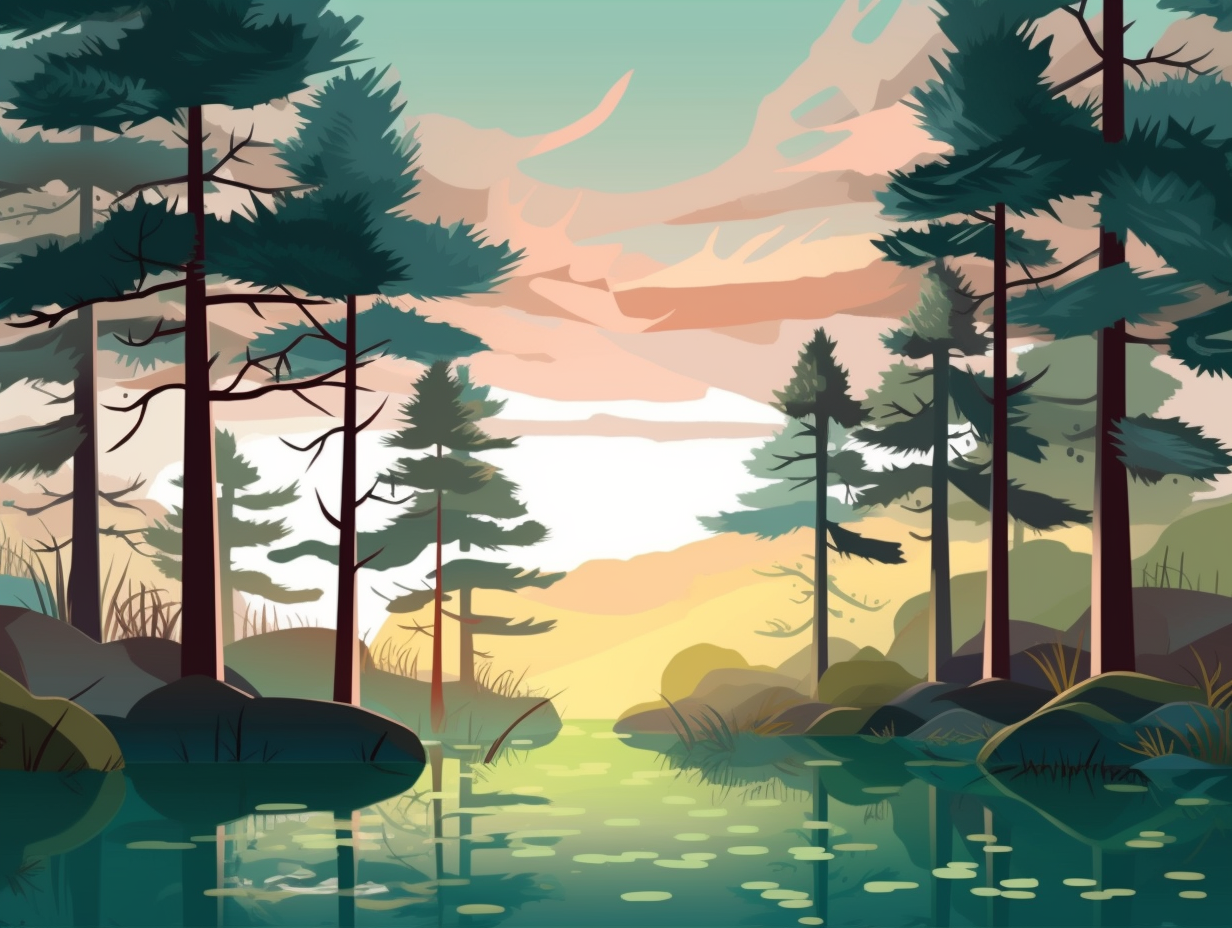
Did you know that the distinctive knots in pine trees are formed from dead branches embedded within the growing wood? Discover this and more rustic whimsy in our fun pine tree facts!
=> Fun Facts about Pine-Trees
3. Masters of Tree Disguise
Move over, chameleons and iguanas: evergreen trees are the real masters of disguise, keeping their luscious green wardrobes all year round to survive the harshest winter ball! What's their secret?: These stylish, non-deciduous miracles have a specialized adaptation that helps them thrive in short summer seasons and dim winter sunlight, thanks to their ability to keep functional leaves and a sticky, viscous sap that refuses to freeze and expand like the poor deciduous folks'.
Source => friendsofreadwildlifesanctuary.org
4. Nature's Party Animals
Evergreens, or nature's party animals: The trend of using evergreen trees for Christmas celebrations dates back thousands of years, with pagans, Romans, and Christians all decking the halls with greenery during winter festivities. Early Christmas trees could even be blooming cherry or hawthorn plants, proving that evergreen trees have been living the festive life across cultures and time periods.
Source => canr.msu.edu
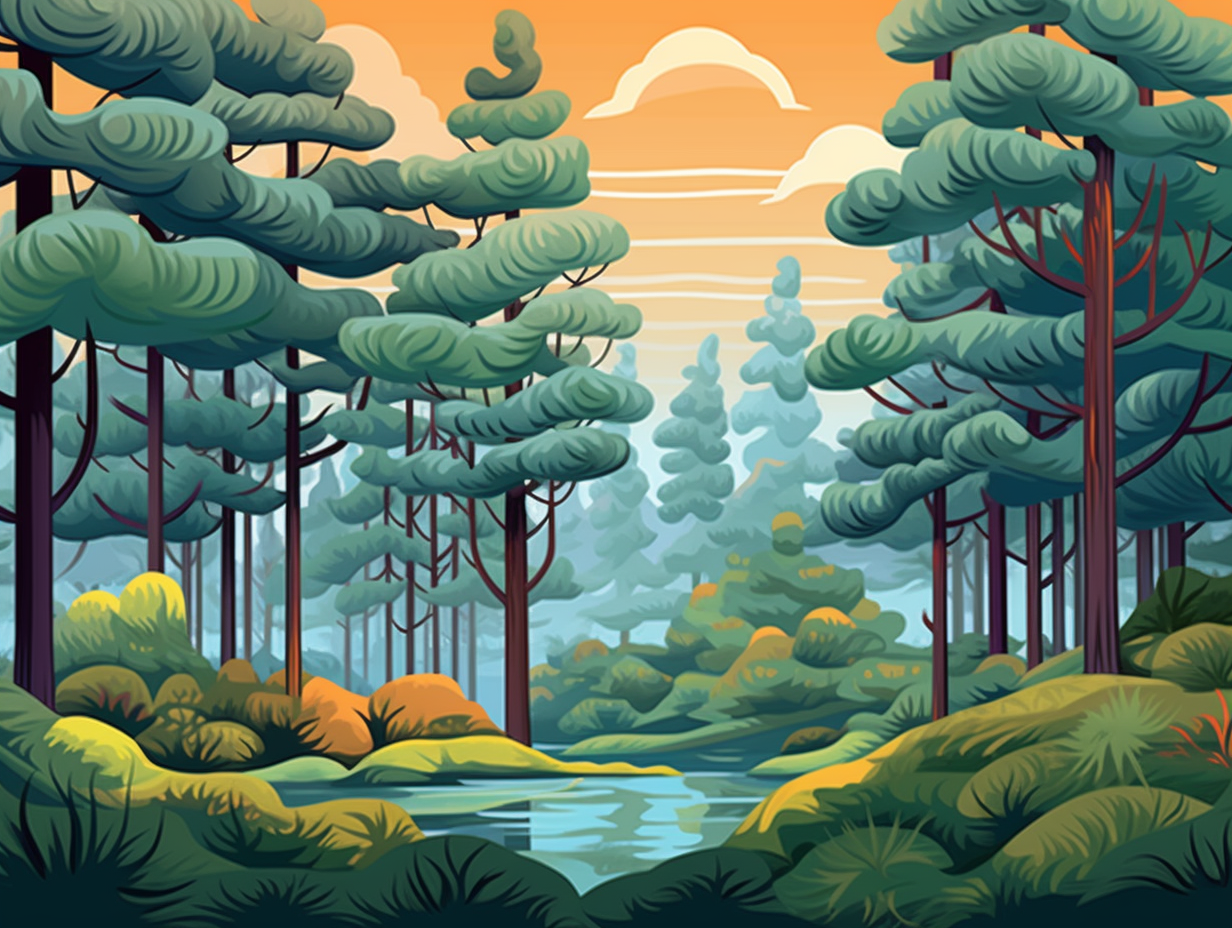
5. Age Defying Tree Legends
They say age is just a number, but for some evergreen trees, it looks like they've held onto a pretty high one like a prized bingo card: Juniper and cypress species can live up to 1,000 years, defying harsh weather and pesky pests to become the Methuselahs of the plant world.
Source => evergreenseeds.com
6. Wood-Wide Web Whisperers
Move over, Spider-Man: trees have their very own "wood-wide web" too! Seriously, evergreen trees use ultra-low-frequency sounds to communicate with each other, sending warnings about pesky predators, potential droughts, and even sharing nutrients via soil-borne vibrations – a method so advanced that researchers marvel at its organic efficiency.
Source => statepress.com
7. Yew Tree's Lethal Secret
Whoever said laughter is the best medicine never tried munching on a yew tree: The English Yew, or Taxus baccata, is chock-full of the toxic alkaloid taxane, which, if ingested, can lead to cardiotoxicity and a heart-stopping rendezvous with the Grim Reaper.
Source => ncbi.nlm.nih.gov
8. Horticultural Hipsters
Evergreens: nature's horticultural hipsters that decided to ditch the seasonal trends and keep their leaves all year long, like some kind of rebellious, chlorophyll-filled fashionistas: By retaining their leaves, evergreens can conserve water and nutrients with the help of a waxy coating called cutin and survive on nutrient-poor soil. They also transfer water out of leaf cells and increase sugar and anti-freeze protein concentrations to prevent freezing damage, allowing them to maintain photosynthesis during winter months. Hence, they're successful and cover 15% of the Earth's surface.
Source => storagetwo.com
9. Aromatic Battle Armor
If trees went to war, evergreens would boast some aromatic battle armor: these fantastic forest warriors produce terpenes that not only serve as Mother Nature's air freshener, but also as their very own built-in shield against munching herbivores and villainous fungi. So the next time you enjoy the refreshing scent of pine, remember - it's also a multipurpose bouncer serving both fragrance and defense purposes, with perks extending to the realms of cleaning products, life-saving drugs, and even potentially petroleum-free plastics and fuels.
Source => earthsky.org
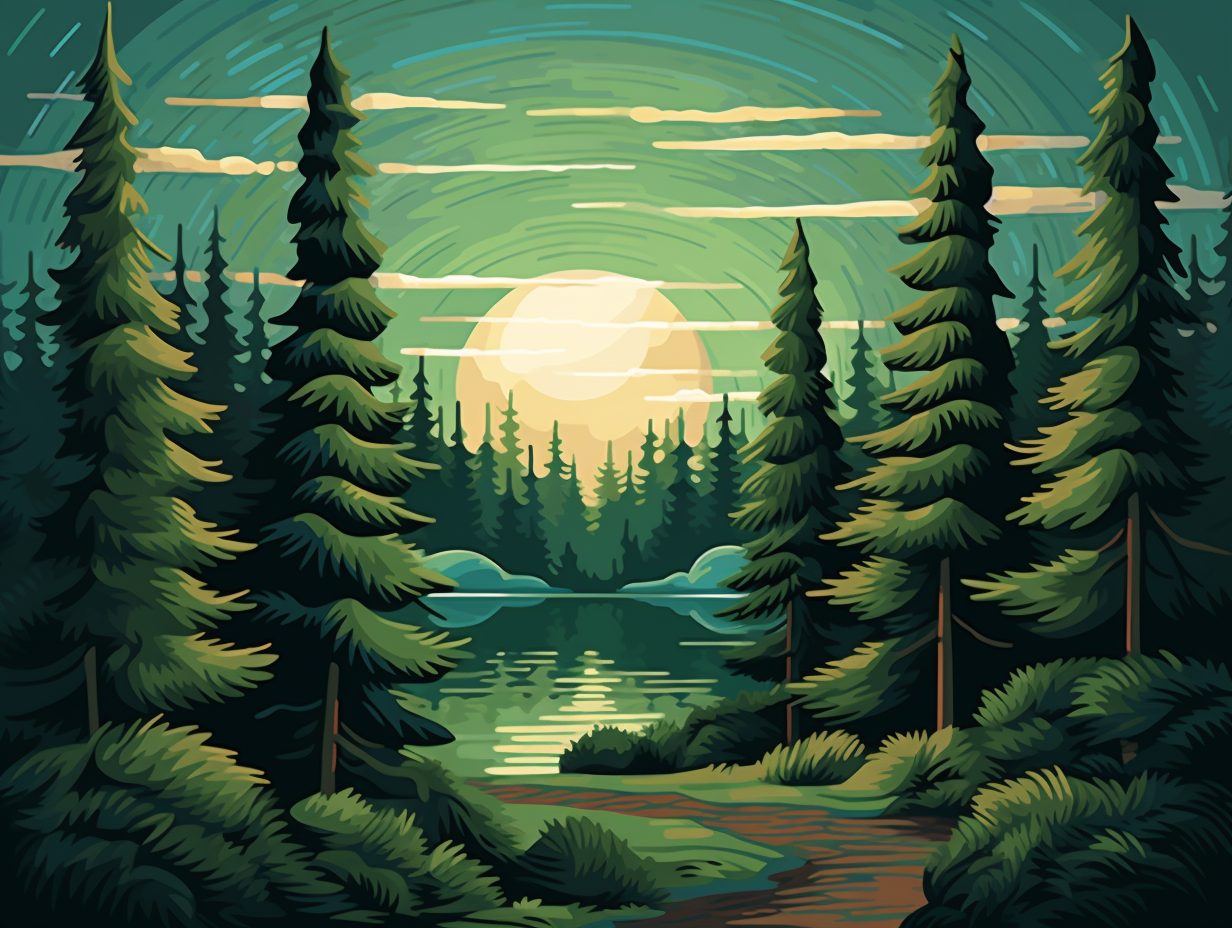
10. Ancient Chewing Gum Ancestors
Before "stick a gum" became the juvenile's pocket treasure and the bane of janitorial staff's existence, ancient civilizations had a cheeky way of freshening their breath and dabbling in the original version of "xylitol wrestling": The Mayans and Aztecs harvested chicle, a natural resin from the sapodilla tree, to create a chewable substance that quenched thirst and promoted good breath. Fast-forward to the 19th century, and Thomas Adams Sr. chewed on the idea of mass-producing chicle-based gum for American tastebuds, but alas, the forests paid the price until the gum industry switched to synthetic bases. Nowadays, a Mexican company called Chicza is sticking it to the historical blueprint and marketing the world's first biodegradable chewing gum made from sustainable chicle, ensuring a guilt-free chew for all.
Source => smithsonianmag.com
11. Natural Tree Barbers
Evergreen trees have carved a niche in the tree world as natural barbers, giving themselves a "little off the top" whenever they fancy: These resource-savvy trees like Douglas-fir in the Pacific Northwest self-prune by depositing resins at the base of unproductive branches, sealing them off to conserve valuable resources and allowing natural elements like wind, snow, or ice to remove the dead weight.
Source => fortheloveoftrees.com
Related Fun Facts

